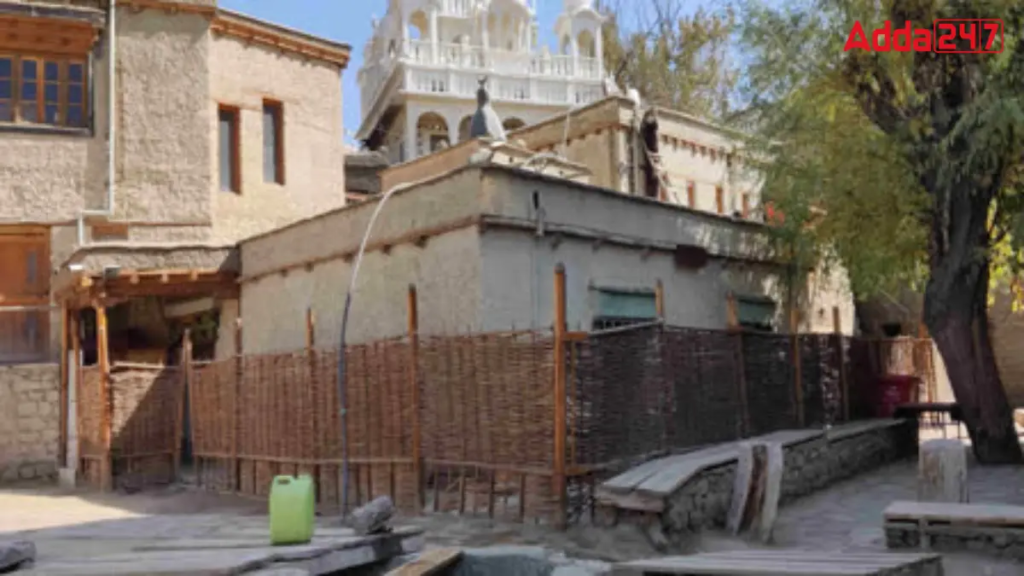Leh, LADAKH :

Leh’s oldest public mosque, the Tsas Soma Mosque, was built in the 17th century. Located in the heart of Leh, it served as a worship and learning center for Muslim traders traveling along the ancient Silk Route.
The Tsas Soma Mosque, located in the heart of Leh, Ladakh, is an important historical landmark. This mosque has roots dating back to the 17th century and has witnessed the vibrant history of trade and culture in the region. Here, we explore the mosque’s history, significance, and restoration.
Oldest Public Mosque of Leh
Leh’s oldest public mosque, the Tsas Soma Mosque, was built in the 17th century. Located in the heart of Leh, it served as a worship and learning center for Muslim traders traveling along the ancient Silk Route. Although it fell into disrepair by the 1950s, it was restored in 2007, preserving its historical features and cultural significance.
History of Leh’s Oldest Public Mosque
In the 1600s, Leh was a bustling trade center along the ancient Silk Route. The town attracted traders from different regions, including Central Asia, Kashmir, and Punjab. Many of these traders were Muslims, and they needed a place to pray. In response to their request, King Sengge Namgyal provided land for a mosque. This led to the establishment of the Tsas Soma Mosque, offering a place for worship and religious gatherings.
The Mosque Role as a Worship Center
The Tsas Soma Mosque was more than just a place for prayers. It also served as a Madrasah, where religious education took place. During its active years, the mosque was used by the local community for worship, including women who came to pray. The mosque continued to be functional until the 1950s, after which it fell into a state of disrepair.
The Tsas Soma Mosque Served as a Popular Stop for Traders
Leh was an important stop for traders traveling from Lhasa, Punjab, Kashmir, and other regions, including Iran and Europe. The Tsas Soma area became a key camping site for these travelers, with multiple camping grounds set up around the town. Caravans and their animals rested at various spots, including near the present-day police station and taxi stand. The mosque played a role in the community by allowing these traders to gather for prayers and even conduct barter trades.
Restoring a Piece of History
By the 1950s, the mosque was in poor condition and was largely abandoned as the main mosque in Leh was already established. However, the Tibet Heritage Fund (THF) and the Anjuman Moin ul-Islam Society worked together in 2007 to restore the Tsas Soma Mosque. The original features, such as the main door and wooden beams, were preserved to maintain its historical character.
Design and Architecture of the Tsas Soma Mosque
The Tsas Soma Mosque is a simple single-story building. It consists of one large room with six wooden pillars that have traditional Ladakhi-style carvings. The mosque originally had a wooden dome, which has since been moved to the Shah Hamdan Mosque at Shey. Notably, the mosque does not have a minaret, a feature typically found in many other mosques.
The Mosque’s Place in Ladakh’s Heritage
The mosque stands as a reminder of Ladakh’s diverse cultural and religious past. It reflects a time when Leh was a significant center for trade and cross-cultural interaction. The Tsas Soma Mosque is now part of the Central Asian Museum compound, attracting visitors who are interested in the history and culture of Ladakh.
source: http://www.currentaffairs.adda247.com / Adda247.com / Home> General Studies / by Akansha Arora (headline edited) / October 24th, 2024








